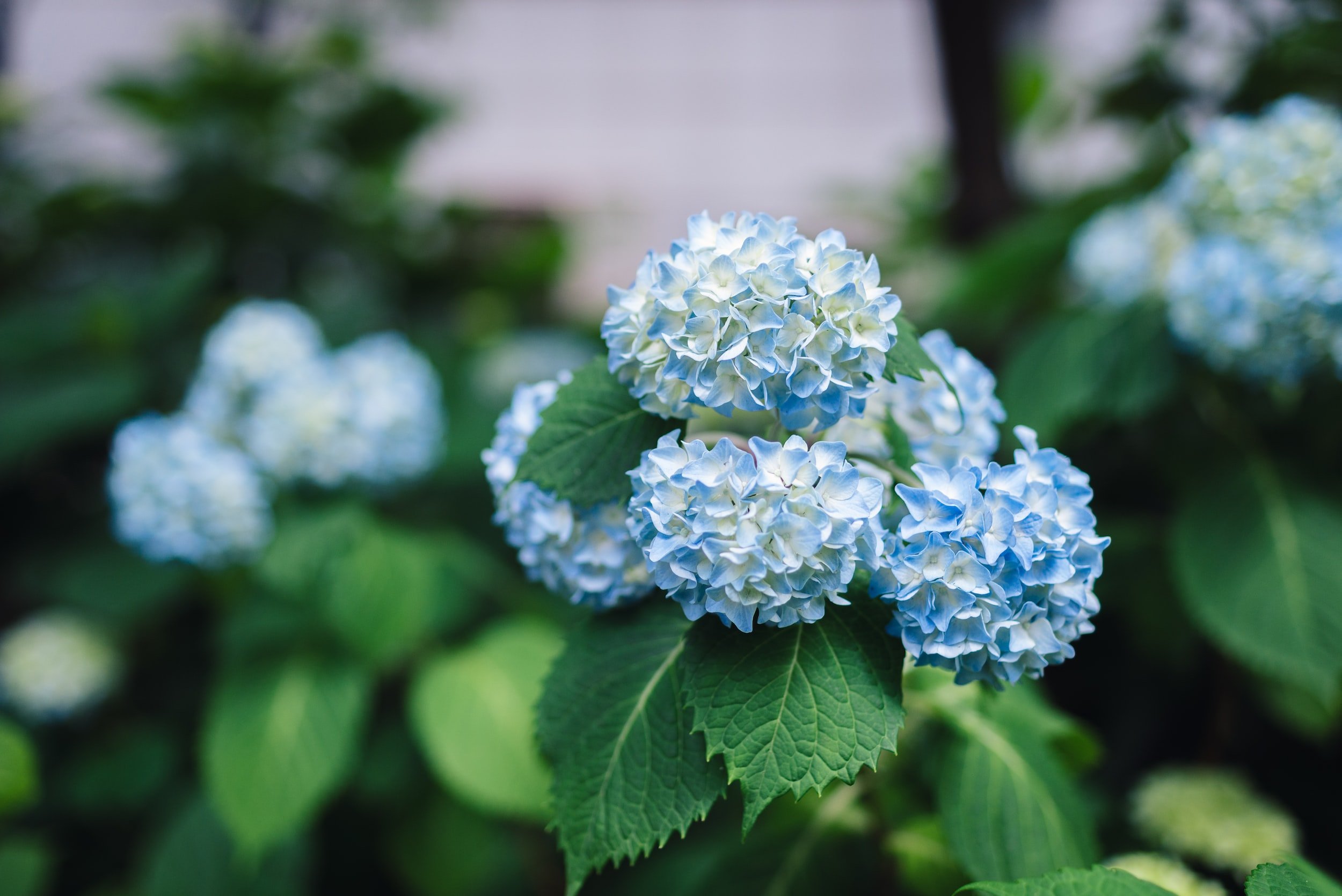Fascination About Hydrangea Leaves Turning Yellow
Table of ContentsSome Known Details About Hydrangea Leaves Turning Yellow Getting The Hydrangea Leaves Turning Yellow To WorkThe Only Guide for Hydrangea Leaves Turning YellowSome Ideas on Hydrangea Leaves Turning Yellow You Need To KnowHow Hydrangea Leaves Turning Yellow can Save You Time, Stress, and Money.
The container must be large sufficient so the plant can grow and obtain all of the water and nutrients it requires. Area the container on a veranda, or in a shady place on a patio. You can also change the plant with a panicle hydrangea. Panicles like the full sun.Regardless of the range, strategy ahead and make sure your plant has lots of defense from the wind. You have a few choices below. You could transplant to a new area, or you could create a wind barrier making use of another plant, or fencing. To produce a wind obstacle you could, or a hedge to obstruct the wind.
Ornamental turf, Rose of Sharon, or Holly bushes are just a couple of concepts of plants you might make use of to obstruct the wind. If you require to hair transplant, locate a place in your yard that is well protected from sun and wind. Transplanting is ideal done in the fall or the spring.
All of the above circumstances might occur to any gardener. Thankfully for everybody, hydrangeas are extremely durable, and will certainly probably recuperate extremely rapidly with a little love and care. The plants location is the most important variable when it involves obtaining well-known and correct growth. With a little forethought on planting area and proper maintenance, you'll be able to guarantee your hydrangeas!.
Fascination About Hydrangea Leaves Turning Yellow

You can save the plant from yellow leaves by using it the appropriate light and positioning. If your plant gets yellow fallen leaves, move it to a dark area. Location Hydrangea plants inside near an east-facing window. Dapple the plant with drapes or UV protection sheets to obstruct direct warm.
, and temperature level changes can cause yellowing leaves and brownish places. If it gets as well cozy, the sides of the leaves become yellow, turn brownish and create a crunchy texture.

Some Known Questions About Hydrangea Leaves Turning Yellow.
However, yellow fallen leaves in Hydrangeas are the initial indicators of condition infestation, typically complied with by black areas, browning, goes down, and wilting. Separate the unhealthy or pest-infested plant from the healthy and balanced plants to stop illness spread. If it is a yard plant, eliminate all the infected leaves using sanitized tools and tidy up all the particles.
Cutting off helps Hydrangea color unneeded weight and protection, permitting the development of brand-new fallen leaves. The ideal time to trim Hydrangeas is spring when the plant prepares to grow vegetation for the next period. Evaluate for spent or diseased fallen leaves and reduce the base of a stalk that joins the fallen leaves and stem.
Prevent cutting healthy and balanced or green fallen leaves, and do not get rid of more than 25% of the plant's vegetation. The primary reason behind the red leaves in Hydrangea is poor dirt or environmental problems.
Repot the plant annually in useful content springtime or every 2 years if the development rate is slow-moving.
What Does Hydrangea Leaves Turning Yellow Do?
There are 6 major reasons this might take place:: The plant does not get adequate sunlight.: The origins are either as well wet or also dry.: The plant is as well cold.: The dirt is not acidic or alkaline sufficient for the hydrangea.: The plant isn't getting the appropriate nutrients it requires to stay healthy and balanced.
Each reason impacts the plant in such a way that can be repaired if we understand just how to care for hydrangeas properly. When we speak about inadequate light for hydrangeas, we suggest that the plant isn't getting adequate sunlight. Hydrangeas favor brilliant light, yet not direct, scorching sunlight. They typically thrive finest with morning sun and mid-day shade.
Without adequate sunlight, the leaves can transform yellow, the plant can become weak, and it could produce less blossoms. To guarantee a hydrangea gets ample light, it ought to be put in a place where it can enjoy the morning light and be shielded from the intense afternoon sun. Overwatering is when a hydrangea plant obtains even more water than it requires.
Yellow fallen leaves may be a sign that the plant is getting as well much water. On the Check Out Your URL other hand, dehydration occurs when the plant does not get enough water.
The Hydrangea Leaves Turning Yellow Statements
This issue prevails in the fall as the weather changes or if a hydrangea is grown in an area where it doesn't get enough heat from the sunlight. It is essential to understand the right problems for hydrangeas to stay clear of low-temperature anxiety. The majority of hydrangeas expand finest in areas 6 to 9, where the environment is milder.
It is essential to know that this sort of yellowing is various from the yellowing click here for more info triggered by problems like way too much water or not adequate light. If the yellow fallen leaves are mainly at the bottom of the plant and the remainder of the plant looks healthy, it can just mean that the fallen leaves are merely getting old.